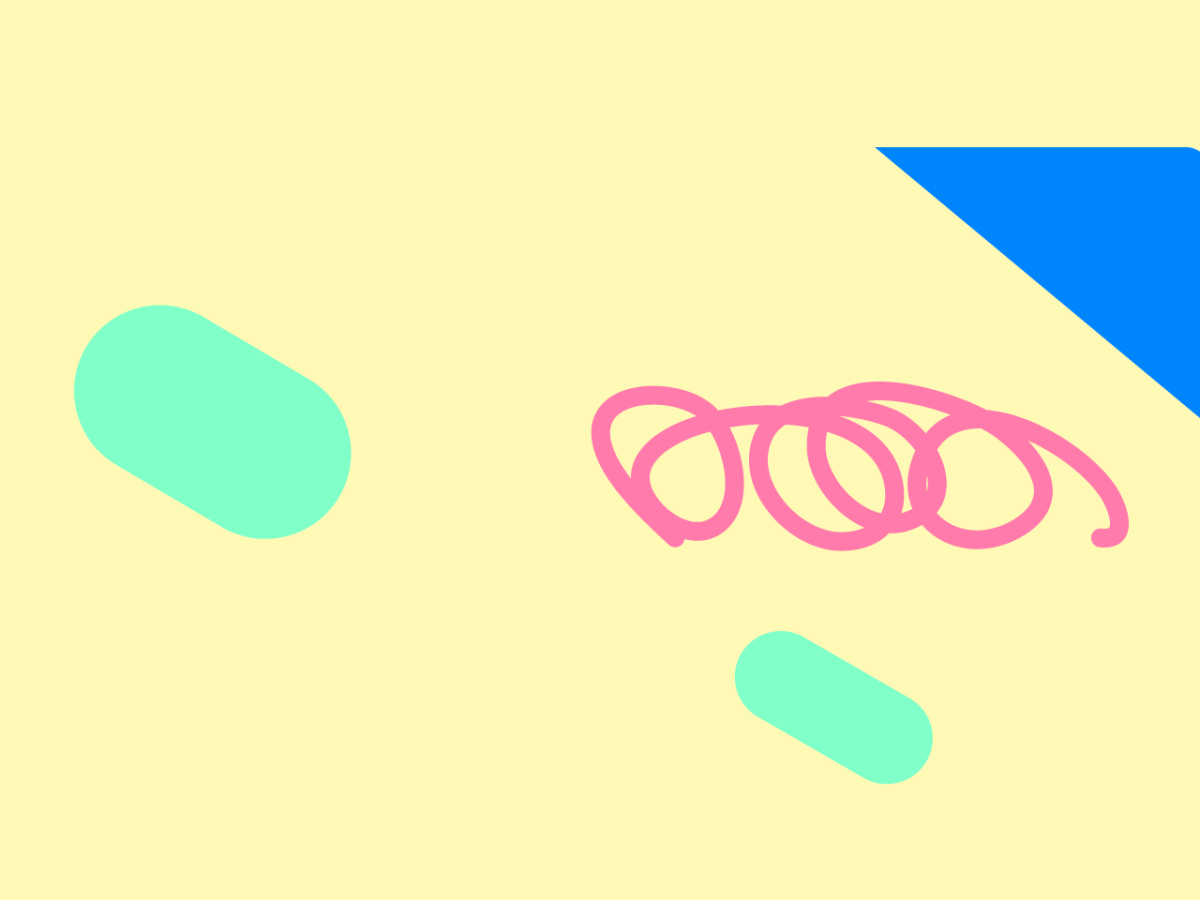
Why is graphic design so hard?
Sarah Hutchinson31 May 16
I found myself wondering this as one of my key roles at Mindiply is, well, the graphic design. The logo. The website. The visual design of user interface.
This is relatively new to me as my degree focused on physical product design. Although digital graphic design was always going to be necessary to communicate your ideas, the real product was the cups, cushions or chairs I made.
Not so anymore, the finished product is inside a computer screen and it’s my responsibility to make it look great.
And it’s not easy. But why? It’s only two dimensions, what could go wrong? The materials (pixels?) are free and the production is a lot easier to manage. No longer is there the dilemma of mass-production versus craft production, a single developer can code it all, upload it to a server and anyone in the world can access it.
So basically, some key issues of people who want to design and make physical products are gone. And yet it’s still really hard.
It’s hard because there there are no constraints. Not being the physical world, everything is as feasible as anything else. If you’re designing a wooden chair, there are a lot of things you already know. You know the texture of the wood. You know the weight. You know it will have shadows. You know approximately the thickness you’re going to have to make so it doesn’t collapse.
You don’t know any of this stuff in digital graphic design. You can draw a line 1px thick or 100px thick and neither will snap or be too heavy to lift. You can make it look like it has texture or shadows, but equally it can have neither.
You’re limitless…except that only some stuff looks good.
Somehow, mostly unconsciously, we know how to judge it. And so there are rules, just not the rules of the physical world (e.g. gravity). You’re judged (or judge yourself) as harshly as anything in the physical world, but from a much larger range of options.
It’s perhaps unsurprising then that the first iteration of whatever I make doesn’t look like much more than colour and shape on a screen and only later you can start to say, ‘Oh, it’s a logo!’. It’s the classic paradox that a lack of limitations makes creativity harder (Johnson-Laird, 2002; Moreau & Dahl, 2005; Rosso, 2014). Maybe it’s also why I’m starting to prefer web design, at least then you have the limitation of, ‘Well, that’s easy to do in CSS…’.
References:
- Johnson-Laird, P. N. (2002). How jazz musicians improvise. Music Perception: An Interdisciplinary Journal, 19(3), 415-442.
- Moreau, C. P., & Dahl, D. W. (2005). Designing the solution: The impact of constraints on consumers' creativity. Journal of Consumer Research, 32(1), 13-22.
- Rosso, B. D. (2014). Creativity and constraints: Exploring the role of constraints in the creative processes of research and development teams. Organization Studies, 35(4), 551-585.







